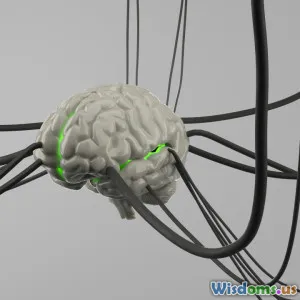
How the Bilingual Brain Processes Words Differently
14 min read Discover how bilingual brains uniquely process words, impacting cognition and language skills. (0 Reviews)
How the Bilingual Brain Processes Words Differently
The human brain is a marvel of adaptability, especially for individuals who navigate more than one language. Millions of people around the world use two or more languages in their daily lives, making bilingualism less of an exception and more of a norm. Yet, behind the effortless code-switching and word-finding lies a fascinating interplay of neural mechanisms. How does the bilingual brain manage to juggle multiple language systems, and how does this influence the way we perceive and produce words compared to monolinguals? Let’s delve into the science, stories, and surprising advantages of being bilingual.
Unpacking the Bilingual Brain’s Structure
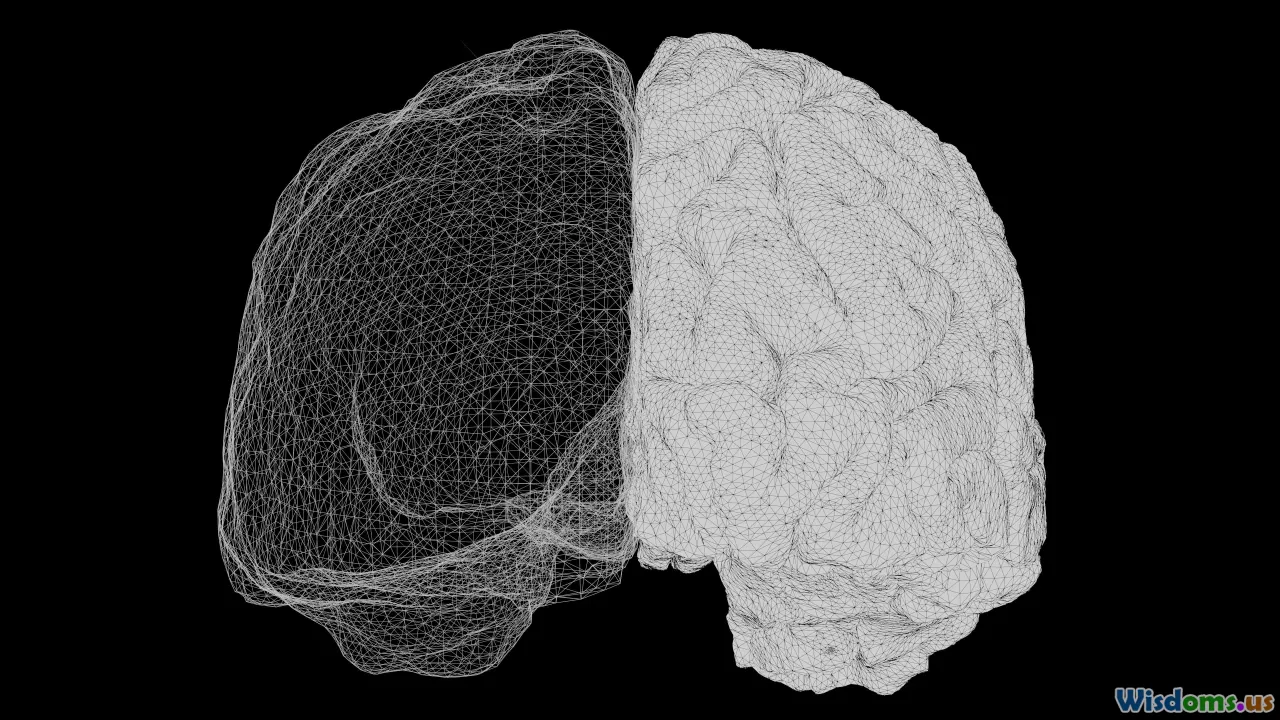
Bilingualism literally reshapes the brain. Research using tools like MRI scans consistently shows that bilinguals tend to have increased grey matter density in various brain regions compared to monolinguals. Notably, improvements are found in the inferior parietal lobule—an area linked with language processing, cognitive control, and attentional abilities.
A well-known 2004 study by Andrea Mechelli et al. compared brains of monolinguals, early bilinguals, and late bilinguals. The results demonstrated the most grey matter in early bilinguals, underscoring the structural shift initiated by mastering multiple languages early in life. Scientists attribute this to the brain’s neuroplasticity — its remarkable ability to adapt and reorganize in response to cognitive demands. In essence, managing two language systems carves out physical changes in your neural pathways, enhancing their versatility.
Simultaneous Language Activation: Words on Standby

Unlike what one might assume, bilingual brains don't neatly switch off one language while speaking another. Instead, both languages are simultaneously active to varying degrees. This phenomenon is often referred to as “language non-selective access.” When a bilingual individual hears or reads a word, neural mechanisms activate representations from both linguistic systems, as evidenced in countless eye-tracking and priming experiments.
For example, in the famous "cognate effect," bilinguals process words with similar spellings and meanings across their languages (like "tiger" in English and "tigre" in Spanish) faster and more efficiently than unrelated words. Conversely, words that look or sound similar but mean different things (false cognates; e.g., "embarazada" in Spanish means pregnant, not embarrassed) can briefly confuse the brain, activating both meanings until context clarifies the correct one. This constant, subconscious sifting of possibilities makes bilinguals expert mental jugglers.
Cognitive Control: The Brain’s Linguistic Traffic Cop
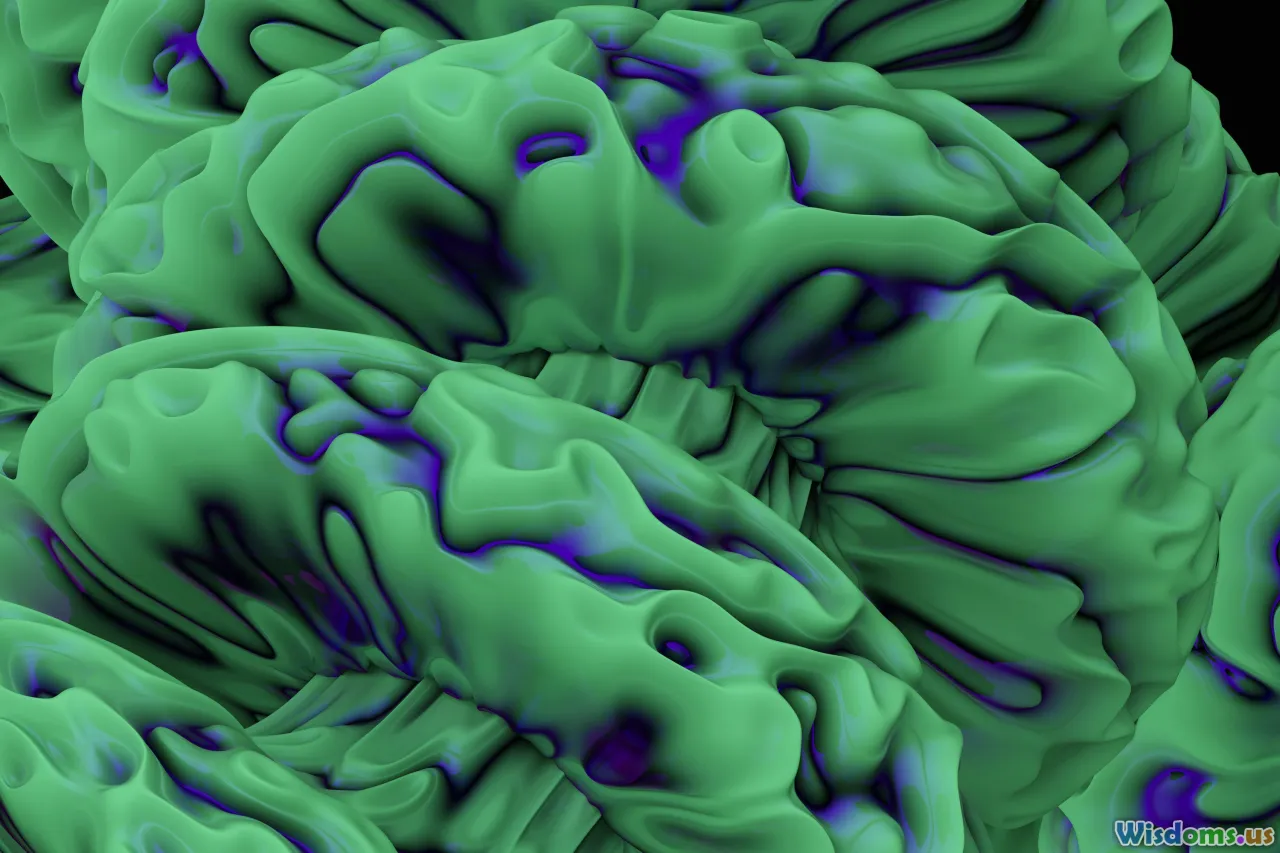
With two (or more) languages vying for attention, the bilingual brain heavily relies on cognitive control networks to manage interference and select the relevant vocabulary. Key regions involved include the dorsolateral prefrontal cortex (DLPFC) and the anterior cingulate cortex (ACC), both central to executive function.
Consider the act of trying to remember the French word for "train" while not letting the English equivalent intrude. This task, though simple on the surface, utilizes the brain's inhibition and task-switching toolkit. Over years of practice, bilinguals develop more efficient cognitive control processes—a fact famously demonstrated by research showing a bilingual advantage in tasks demanding selective attention, multitasking, and the rapid switching of rules.
One telling real-world comparison: Bilingual air traffic controllers may outperform their monolingual peers at monitoring multiple incoming communications, owing to their well-trained brain coordination. The same adeptness shows up in ordinary life, whether it’s ignoring unwanted distractions or shifting mental gears on the fly.
Processing Speed and Word Retrieval: Is Bilingualism a Double-Edged Sword?
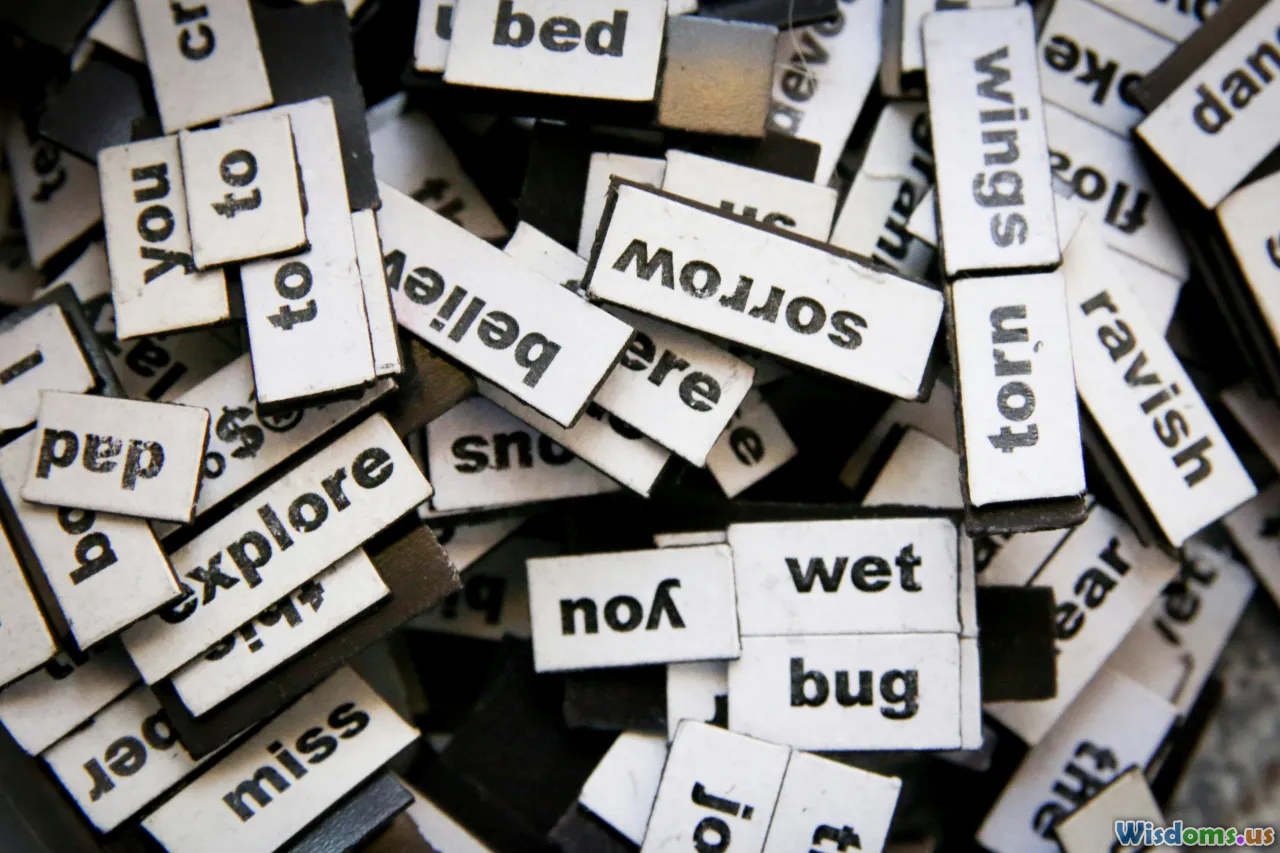
While bilingual brains excel at certain executive tasks, word retrieval can present unique challenges. Bilinguals often take longer to find a specific word (a phenomenon called “tip of the tongue”), and may at times use a less precise term than their monolingual counterparts—a slight trade-off for managing dual lexicons.
This effect is partly due to “frequency lag”: a bilingual uses each individual language less frequently than a monolingual, so word-specific connections may become less robust. For example, a Spanish-English bilingual might have to pause longer to recall the word “whisk” for a kitchen utensil, given they divide usage between "batidor" and "whisk."
But this perceived slowdown comes with a hidden benefit. Bilinguals are more adept at circumlocution, or "talking around" a missing word. If they cannot recall a term in one language, they can often substitute from another—or use description to bridge the gap. In a practical sense, this enhances communication flexibility and creativity.
Code-Switching: When Languages Mingle

One of the most easily observed outcomes of bilingual word processing is "code-switching," the seamless movement between languages in a single sentence or conversation. Far from being a sign of confusion or linguistic deficiency, as once believed, code-switching reflects advanced cognitive processing.
Take the example from a Spanish-English bilingual: "Voy al store porque necesito bread." Here, the brain spontaneously weaves in words based on context, cultural setting, conversational partner, and sometimes efficiency, all without conscious effort. Code-switching follows community-specific grammatical rules (e.g., where switches are allowed in a sentence) and can convey subtle social meaning or group identity. In international business settings or multilingual families, code-switching helps build rapport—and allows for richer, more nuanced communication.
Early vs. Late Bilinguals: Timing Shapes the Brain

Does it matter if you learn a second language as a child or as an adult? Research says yes—at least with regards to how your brain handles language processing. Children exposed to two languages before age 7 (simultaneous bilinguals) show both languages engaging the same neural regions, primarily the classic "Broca’s" and "Wernicke's" areas linked with language processing.
Late (sequential) bilinguals—those who learn a second language during adolescence or adulthood—tend to recruit more extensive and diverse networks during word processing, especially when handling grammar or irregular word forms. While this sometimes means more effort is required, it also leads to greater neural flexibility and shows that our brains can adapt remarkably at any age with sufficient practice and exposure.
Fascinatingly, recent studies suggest that sustained language learning after childhood can also delay age-related cognitive decline, further highlighting the adaptive powers of bilingualism.
The Bilingual Edge: Advantages Beyond Language

Harnessing two languages goes far beyond the realm of communication. One groundbreaking area of research links bilingualism with resilience to neurodegenerative diseases. In a 2006 study led by Dr. Ellen Bialystok, lifelong bilinguals developed symptoms of Alzheimer’s disease 4–5 years later than monolinguals, likely due to their enhanced cognitive reserve built through constant linguistic management.
Similarly, bilingual children have shown advanced problem-solving skills and an increased ability to focus in distracting environments, compared to monolingual peers. This isn’t just theory: in tasks like the classic "Stroop Test"—where color-word associations conflict—bilinguals generally outperform, rapidly filtering irrelevant information and staying on target.
Moreover, the act of negotiating meaning between different linguistic systems can make bilinguals excellent cross-cultural thinkers, able to appreciate nuances that may escape those rooted in a single linguistic worldview. In a globalized society, this bilingual advantage is only increasing in importance.
Harnessing Bilingual Brainpower: Tips for Learners and Parents
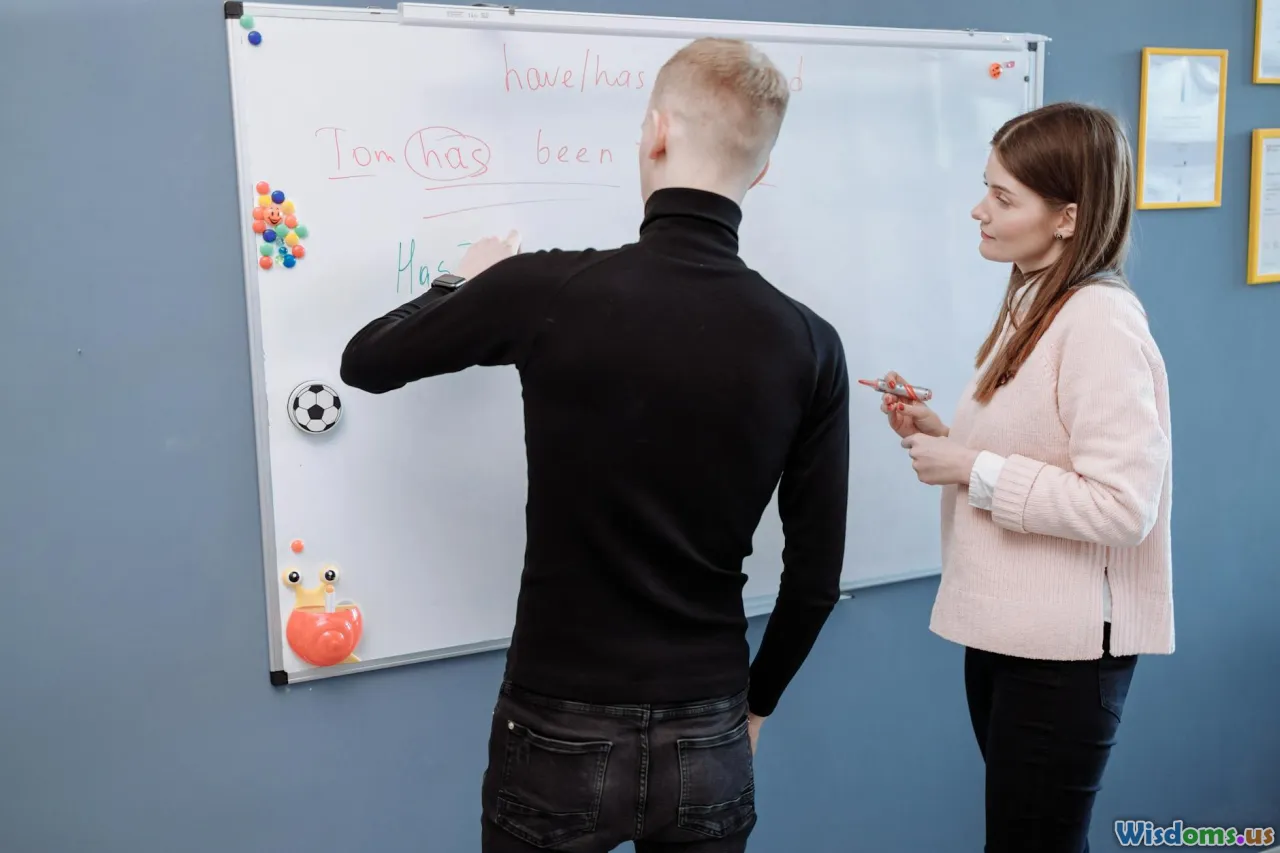
Understanding how the bilingual brain functions offers practical advice for both language learners and parents raising bilingual children:
1. Create Real-Life Contexts. Language is most robustly encoded in meaningful, interactive environments. Seek conversational opportunities beyond the classroom. Try book clubs, language meetups, or even virtual pen pals.
2. Aim for Regular Exposure. Daily contact, even short, with both languages helps prevent frequency lag. For families, establishing routines—such as "Spanish breakfast and English dinner"—can reinforce both lexicons.
3. Normalize Code-Switching. If raising children bilingual, don’t fear code-switching. Instead, model how both language systems complement each other. Celebrate the blending of cultures and words.
4. Link Learning to Interests. Reinforce vocabulary through hobbies, from cooking with recipes in different languages to watching movies or singing songs in both tongues. Engagement deepens retention.
5. Start Early, But Keep Going. Early exposure leads to native-like proficiency and brain symmetry, but it’s never too late to start. Adult learners can leverage their mature cognitive resources and study strategies for effective results.
6. Embrace Mistakes. The occasional “tip of the tongue” moment is not failure, but a natural artifact of dynamic brainwork. Persistence and patience pay long-term dividends.
Looking Ahead: Language Learning in a Multilingual World

As globalization accelerates, mastering more than one language isn’t just an asset—it’s a necessity in many professions and communities. The science behind how bilingual brains process words differently continues to evolve, shaped by advances in neuroimaging and big data linguistics. From elementary school classrooms to dementia wards, the payoff of bilingualism is becoming ever clearer.
Whether you grew up in a household with multiple languages or aspire to add a new tongue as an adult, remember: the cognitive workout you give your brain is building far more than fluency. It is expanding your mind, your adaptability, and your very capacity to connect with the wider world. So the next time words tumble on your tongue, take pride that your brain is performing one of nature’s most complex and remarkable feats.
Rate the Post
User Reviews
Popular Posts


















